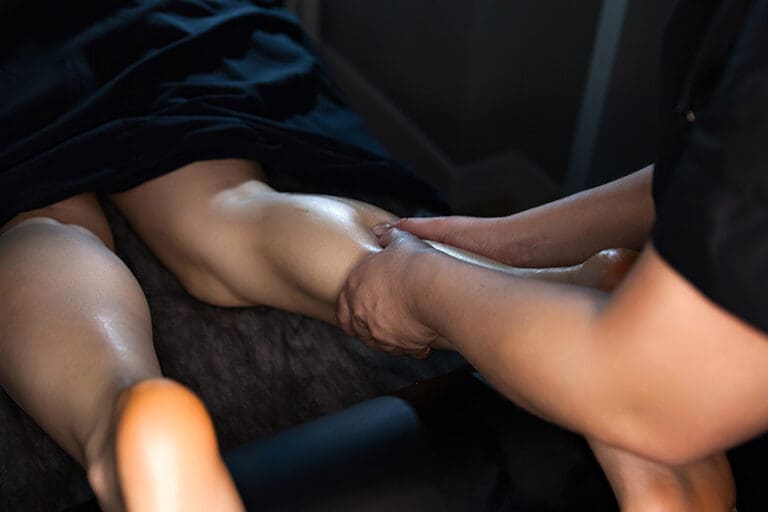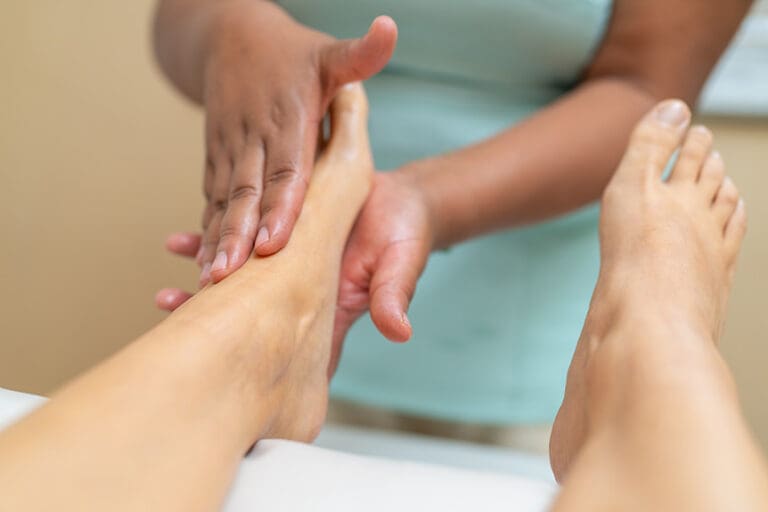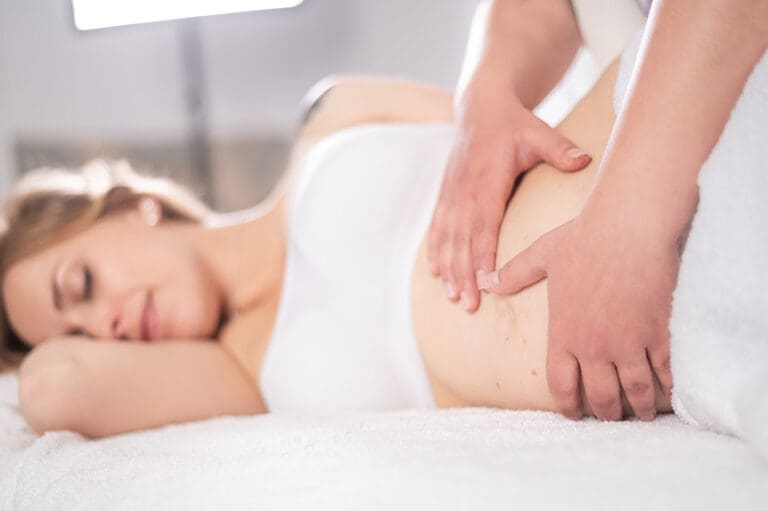To become an athletic massage therapist, one must complete foundational training in anatomy and physiology, followed by a recognized sports massage qualification such as a Level 3 or 4 Diploma. Gaining hands-on practical experience and registering with a professional industry body are essential steps. Key skills include communication, empathy, and professionalism. Ongoing professional development is required to maintain high standards. Further information will clarify how to select courses, gain experience, and advance within the profession.
Understanding the Role of a Therapist
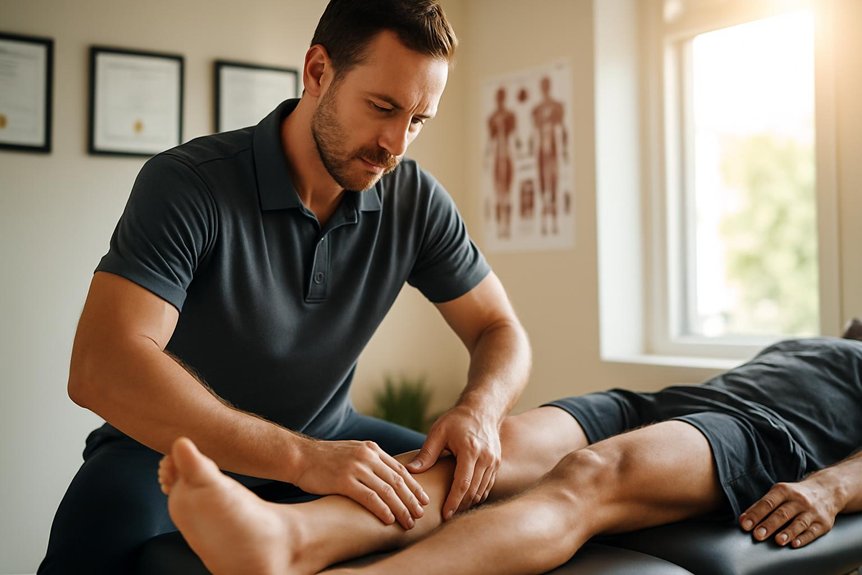
Effectively, what defines the role of a therapist is a specialised focus on evaluating and addressing the unique needs of physically active individuals. This role encompasses the assessment and treatment of soft tissue injuries, muscular imbalances, and movement restrictions related to athletic activity.
At Spa & Massage, therapists apply evidence-based techniques to aid in injury prevention, enhance recovery, and support *ideal* performance. Practitioners use tailored methods—such as deep tissue manipulation and targeted stretching—to restore function and relieve discomfort.
Their clinical judgment determines which protocols serve each client best, whether a professional athlete or an active enthusiast. A massage therapist acts both as a skilled technician and a supportive partner in the client’s physical wellbeing, fostering trust and encouraging ongoing self-care.
Much like practitioners of reflexology therapy, athletic massage therapists draw upon an in-depth understanding of how manipulating soft tissues can promote holistic healing and support overall wellness.
Essential Skills and Personal Qualities
A athletic massage therapist must demonstrate strong communication and listening skills to accurately assess client needs and concerns.
Empathy and professionalism are essential in building trust and delivering effective, client-centered care.
At Spa & Massage, therapists are trained to uphold these qualities, ensuring each client receives personalised and respectful treatment.
Communication and Listening Skills
Clear communication and attentive listening are fundamental skills for any massage therapist. In practice, therapists must elicit relevant health information, clarify expectations, and explain treatment techniques to foster trust and ensure client safety.
At Spa & Massage, therapists actively listen to clients’ concerns, evaluating both verbal and nonverbal cues to tailor each session. Open dialogue before, during, and after the massage allows for immediate adjustment of pressure or technique, enhancing comfort and outcome.
Precise communication also aids in managing boundaries and providing aftercare instructions that align with individual needs. By prioritising these skills, a therapist creates a supportive environment, encouraging clients to express preferences and feedback.
This results in more effective, personalised care—hallmarks of the approach valued at Spa & Massage.
Empathy and Professionalism
Beyond communication skills, empathy and professionalism define the therapeutic relationship between massage therapists and their clients. Empathy enables therapists to understand the client’s physical discomfort and emotional needs, fostering trust and a sense of safety.
At Spa & Massage, therapists are trained to recognise subtle cues and respond with sensitivity, ensuring each session is tailored to the individual’s well-being.
Professionalism is demonstrated through maintaining strict client confidentiality, punctuality, and clear boundaries. This approach assures clients that their welfare is prioritised, allowing for open communication and ideal therapeutic outcomes.
The synthesis of empathy and professionalism at Spa & Massage creates an environment where clients feel genuinely cared for, enhancing both the effectiveness of athletic massage and the overall wellness experience.
Educational Pathways and Required Qualifications
While pursuing a career as a athletic massage therapist, individuals must complete specific educational pathways and obtain recognised qualifications. Typically, the journey begins with foundational training in anatomy, physiology, and massage techniques.
This is often followed by specialised instruction focused on athletic massage. In the United Kingdom, reputable qualifications include Level 3 or Level 4 Diplomas in Sports Massage Therapy.
These certifications guarantee competence in evaluating client needs, applying targeted techniques, and understanding injury prevention and recovery. Professional registration with industry bodies may also be required to practise in reputable clinics such as Spa & Massage.
Such credentials demonstrate commitment to high standards of care, safety, and ethical practice—core values embodied by the therapists at Spa & Massage, where expertise and trust form the foundation of every client interaction.
Choosing the Right Training Course
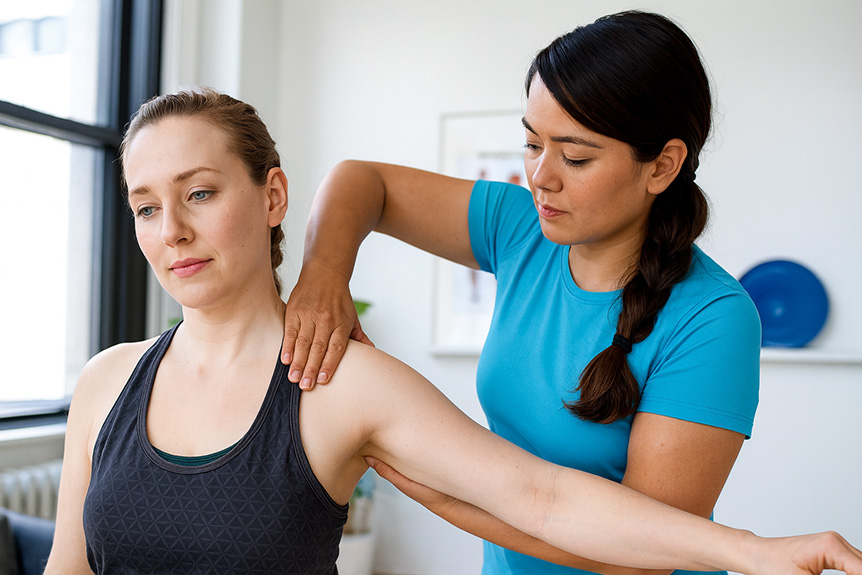
Selecting an appropriate training course is a critical step for those aiming to become proficient athletic massage therapists. When evaluating options, candidates should prioritise accredited programmes that align with national standards and facilitate recognised certification.
Course content must cover anatomy, physiology, injury mechanisms, and specific athletic massage techniques. At Spa & Massage, therapists value detailed curricula that integrate both theoretical knowledge and practical skill development, ensuring readiness to address a range of client needs.
Instructors’ qualifications and the institution’s reputation are essential factors, as they directly influence learning quality and future employability. Flexible learning modes—such as part-time or blended formats—may suit those balancing other commitments.
An intimate classroom environment fosters personalised feedback, which is crucial for mastering nuanced massage techniques and developing client-centred care.
Gaining Practical Experience
Practical experience is fundamental for developing competence and confidence as an athlete’s recovery massage therapist. Direct, supervised practice enables aspiring therapists to refine their techniques, understand client needs, and adapt to complex musculoskeletal presentations.
At Spa & Massage, hands-on learning is integrated into every stage of professional development, allowing therapists to apply theory in real-world scenarios. Working alongside experienced practitioners, trainees gain insight into communication, client care, and professional boundaries, essential for building trust and rapport.
Exposure to diverse client profiles helps sharpen assessment skills and fosters an intuitive approach to treatment planning. Regular feedback from mentors accelerates growth, ensuring practitioners embody both technical precision and a compassionate, reassuring presence.
This immersive approach prepares future therapists to deliver safe, effective athletic massage with confidence and sensitivity.
Certification and Professional Registration
Achieving formal certification and professional registration is a critical step for anyone pursuing a career as a athletic massage therapist. Candidates must complete an accredited training programme, demonstrating proficiency in anatomy, physiology, and advanced massage techniques.
Reputable bodies require written and practical assessments to ensure competency and adherence to professional standards. After successful completion, therapists apply for professional registration with recognised organisations, granting them the authority to practise legally and ethically.
At Spa & Massage, all therapists hold up-to-date certifications and maintain professional registrations, reflecting a commitment to best practice and client safety. This process assures clients of the therapist’s expertise and ethical conduct.
Certification also enables therapists to secure insurance, access advanced training, and join respected wellness networks, reinforcing their professional standing.
Building Your Career in This Therapy Technique
Once certification and registration are secured, the process of building a successful career in athletic massage demands a focus on practical experience, continuing education, and client relationship management.
At Spa & Massage, therapists are encouraged to seek diverse hands-on opportunities, such as working with athletes, collaborating with multidisciplinary teams, and participating in community events.
Developing strong communication skills is crucial for understanding client needs and fostering trust.
Maintaining detailed records and following evidence-based protocols ensures consistently high standards of care.
Practitioners are advised to solicit feedback, refine techniques, and adapt sessions to individual requirements, as practiced in our clinics.
Establishing a reputation for reliability and professionalism attracts repeat clients and referrals, forming the cornerstone of a thriving practice within the supportive Spa & Massage environment.
Continuing Professional Development and Specialisation
Ongoing professional development is essential for performance massage therapists to maintain competence and expand expertise. At Spa & Massage, therapists engage in regular training to stay current with the latest techniques, research, and best practices in the field. This commitment guarantees that each client receives safe, effective, and evidence-based treatment tailored to their needs.
Specialisation allows therapists to refine skills in areas such as injury rehabilitation, pre- and post-event massage, or working with specific populations like athletes or pregnant clients. By attending workshops, pursuing advanced certifications, and participating in peer review, therapists deepen their understanding and broaden their service offerings.
This dedication to growth reflects Spa & Massage’s philosophy of holistic care and ongoing excellence, fostering trust and long-term relationships with clients.
Conclusion
Becoming a athletic massage therapist demands unwavering dedication, rigorous training, and a commitment to lifelong learning. With the right qualifications and hands-on experience, practitioners can access a world of opportunities, impacting clients’ lives in ways no other profession can. By pursuing continuous professional development and specialisation, a massage therapist will not only remain at the forefront of industry standards but also become an indispensable asset—a veritable cornerstone of athletic health and recovery.

